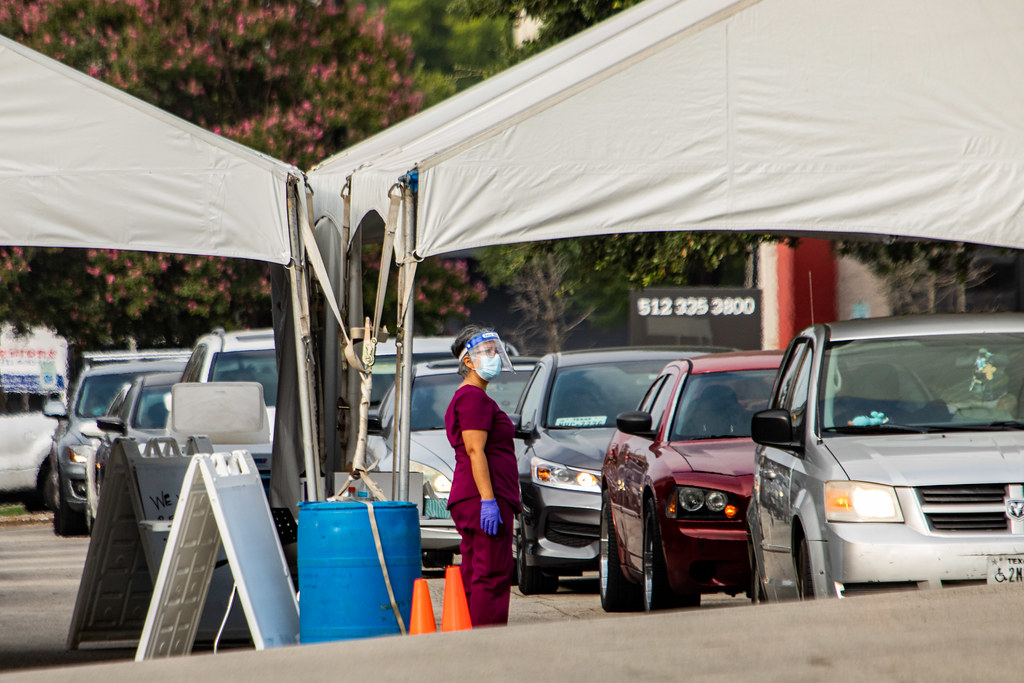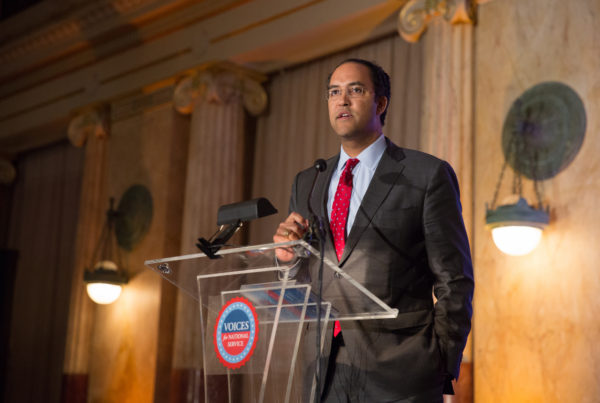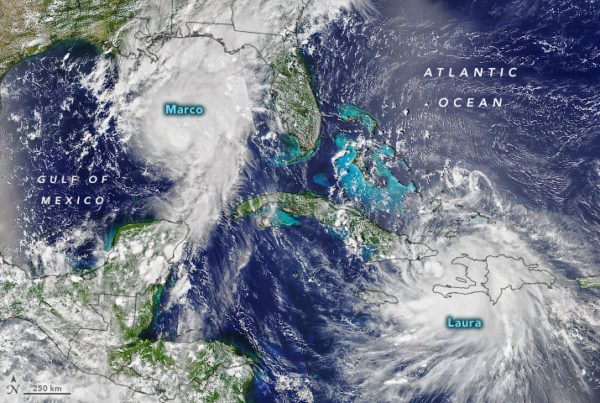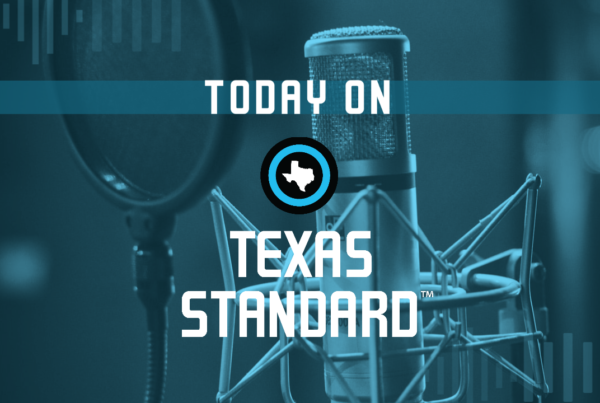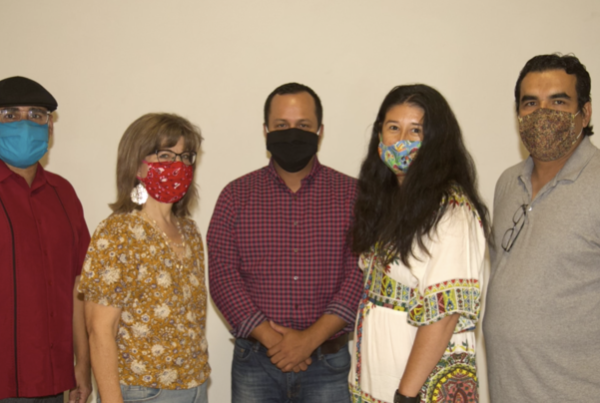Texas Gov. Greg Abbott is relying on a metric that’s proving to be unreliable to decide whether to resume reopening the state.
Houston Chronicle state politics reporter, Cayla Harris, told Texas Standard that Abbott won’t continue with reopening until the state’s “positivity rate” is at 10% or lower, but there’s a backlog of thousands of COVID-19 tests that still need to be processed. Without those tests included, the positivity rate is unreliable.
“Right now, it’s at about 16%, but this number has been all over the place for the past week and a half,” Harris said. “This number is kind of crazy because of this testing backlog.”
Texas is trying to work through that backlog, which amounted to about 350,000 uncounted tests from July, plus another 500,000 tests from private labs that date back as far as March.
There’s various reasons, Harris said, why so many tests haven’t been counted in a timely fashion. One reason could be clerical errors by testing facilities; another could be confusion about the proper way for facilities to report those test results to the state. There were also limits to how many test results the Texas Department of State Health Services, the agency collecting COVID-19 testing data, could process at a time.
“Throughout the month of July, the state had this outdated processing system, and they couldn’t process more than 48,000 tests a day, even though somewhere around 65,000 people were being tested every day,” Harris said.
Once the state did include those results, the positivity rate spiked in early August.
“We haven’t really seen the impact of these backlogs until this month,” Harris said.
State officials expect to clear the backlog soon, and after that, they say the positivity rate should be more accurate. But Harris said the “data dump” of all of these backlogged test results going back several months means the severity of the COVID-19 outbreak in Texas may have been underestimated, especially earlier this summer.
Harris said there are other ways to evaluate the spread of the coronavirus that might be more reliable than the positivity rate – including looking at the number of hospitalizations and deaths. County positivity rates might also be a more accurate measure of the virus’ spread than the statewide rate.
“They [counties] get results from labs, and that data is accurate because they’re vetting each of the numbers individually,” Harris said. “That is promising as well; it’s really just problems at the state level.”


